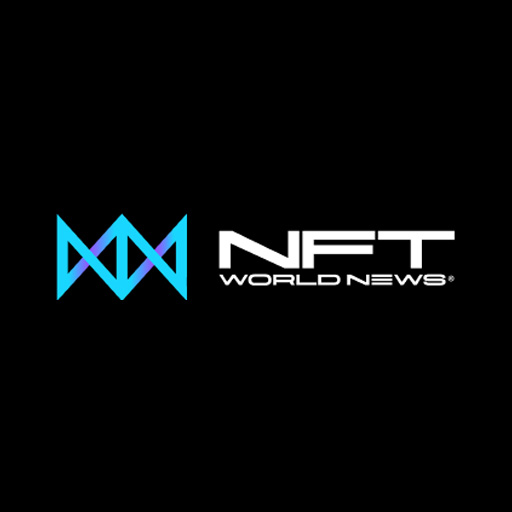MOST READ
- No results available
NFT Crypto Dictionary
is an asset that is inconvertible to other NFTs. None of them has the same value. You can exchange a $10 bill for two $5 bills. However, every NFT is unique in its design and value, and therefore, non-fungible. Every token is also registered on the blockchain of Ethereum (ETH). Some of the examples for NFTs are in-game items, digital artworks, or even GIFs.
SFT is also registered on the blockchain and completely digital, however, there are several identical pieces of SFT where they lose their uniqueness. They have different token identifiers, but they look the same.
In order to trade NFTs, you need to find a buyer/seller. That’s why marketplaces were created. They represent digital places that work on the blockchain, where NFTs are traded. If you want to buy or sell certain NFTs, you’ll need a digital wallet that connects the marketplace, which essentially helps artists and NFT creators to list their digital artwork in there.
This is a term for an individual with a huge amount of capital and his/her potential purchase of some asset can influence its price extensively. It’s a dream of small projects to get whales to invest in them.
Cryptocurrencies are decentralized, and thus they don’t have a single authority. DAO makes it possible to be controlled by a variety of computers, nodes and networks. This allows cryptocurrencies to be more secure and private compared to traditional currencies.
This term describes a process of an individual or a group of people trying to promote certain cryptos or NFTs in order to create a “hype” around it, so it grows in value and hodlers make money.
is the process of releasing tokens that have been set aside for a certain time. These tokens are normally designated for a blockchain project’s team, partners, etc. Funds that have been set aside for this purpose are usually locked for a certain period of time by smart contracts, which effectively seal off access to the tokens until pre-set conditions are met.
is a process of attaching an NFT to the Ethereum blockchain, which is a public tamper-proof ledger. NFTs are basically tokens that get “minted” once they’re created. For example, people can mint NFTs by connecting their wallet to a certain marketplace.
This is a process of saving your cryptocurrencies in a game or certain wallet to earn rewards (e.g. 10% yearly return). It’s a two-side win because you earn more money and support a blockchain network at the same time. Staking is possible with cryptocurrencies that use the proof-of-stake model.
is very well-known in the crypto and NFT world. It essentially means a dramatic increase in price the price of a cryptocurrency or in sales of some NFTs.
DeFi (Decentralized Finance) is a system that allows financial products to become available on a public decentralized blockchain network. That attracts a lot of attention as there are no middlemen involved. DeFi is a network allowing buyers, sellers, lenders and other participants to interact peer to peer.
Liquidity Pools (LP) are one of the foundational technologies behind DeFi ecosystem. LPs are an essential part of automated market makers (AMM), yield-farming, synthetic assets, etc. Liquidity pools are funds thrown together in a big digital pool (in a smart contract). LPs are used to facilitate decentralized trading, lending, etc.
This is a system created to provide liquidity on cryptocurrency exchanges. AMM enables non-stop, automated and decentralized trading using different algorithms in liquidity pools (LPs).
This type of exchange is operated by a company (e.g. Binance, Huobi, Kucoin). They create an order book for all the buyers and sellers on a certain cryptocurrency and use special softwares to match buy and sell orders. CEX is the most used way to trade cryptocurrencies. There are certain disadvantages connected with CEXs, such as possible price manipulation or technical issues. However, they offer a user-friendly environment and many more benefits to the user.
This type of exchange is a peer to peer marketplace that connects cryptocurrency buyers and sellers (e.g. Uniswap, Pancakeswap, 1inch). DEX is a contrast of CEX, where a user has control over their private keys and there are no educational programs or special offers as it is at Binance, for example.
is a self-executing contract with certain terms of the agreement between a buyer and seller being directly written in the blockchain. Therefore, all the information is out there on a decentralized network. The code makes transactions traceable and irreversible. They are called smart because they allow transactions to be carried out among anonymous parties without the need for a central authority.
This term literally means fear of missing out (an opportunity). FOMO is the reason why many people are lured in a certain trade at a bad price and lose money as a result.
Every transaction that went through the Ethereum blockchain contains a fee known as Gas for its user. It’s the cost of the computing power for the execution of a transaction. With a huge rise in NFT transactions, gas is becoming a problem (getting more expensive).
Airdrop is a promotional activity that involves sending coins to wallet addresses in order to promote their project. It’s a method startups use often to boost an interest for their token which in many cases leads to pump and dump.
Paper hands are people who are easily influenced by emotions and quickly sell their NFTs or cryptos when they panic (mostly in loss). Diamond hands describe a person with guts who is not afraid to hold certain assets long-term despite big volatility. Floor represents the lowest set price for a certain asset. It’s a minimal sum that projects set for their asset at the time of their selling.
